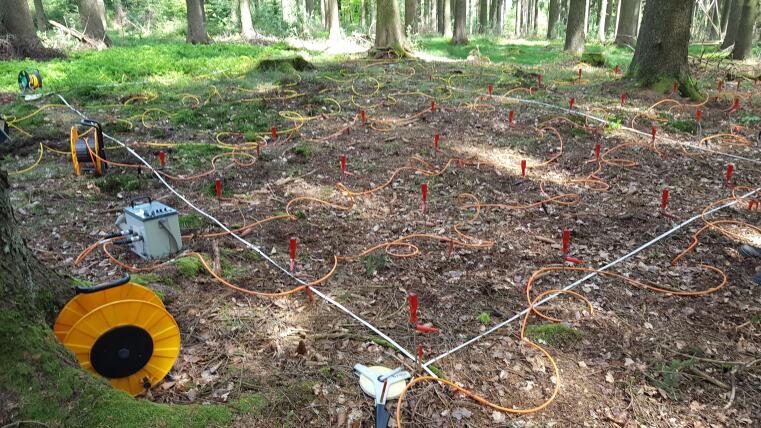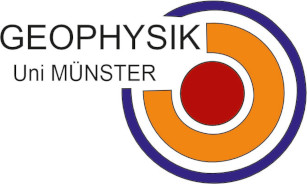Archaeo-geophysics: Geoelectrical tomography

For the near-surface investigation of the subsurface structures of a Roman building, the non-invasive method of Electrical Resistivity Tomography (ERT) was used, which is characterised by high accuracy, temporal efficiency and low cost. For this purpose, the archaeological site is covered with a dense grid of electrodes in order to investigate the distribution of electrical resistivity in the subsurface with three-dimensional spatial resolution. By superimposing an excavation image with the determined resistivity distribution, it can be clearly seen that the building foundations, which consist of solid rock of low porosity, cause a significant resistivity anomaly compared to the surrounding, more conductive soil.

A variety of other geophysical methods, such as geomagnetic mapping with multicopters, are used in the context of archaeo-physical questions and are being further developed and tested in the working group.
More on this topic can be found in the project overview.

